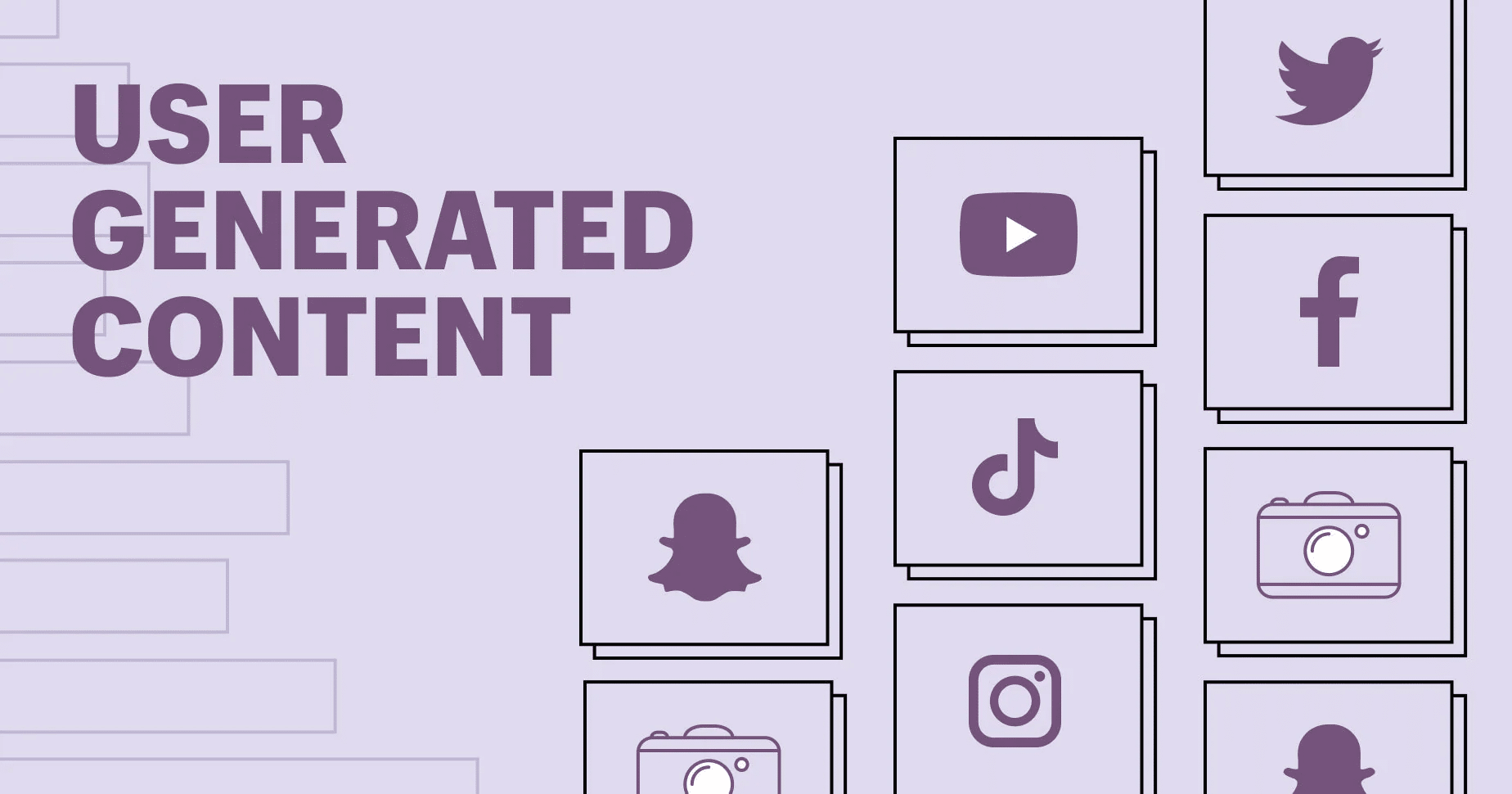Social media aggregators are powerful tools that allow you to consolidate content from various social media platforms into a single, centralized location. By harnessing the power of these platforms, you can streamline your social media management, enhance your online presence, and engage your audience more effectively.
These tools offer many features, including content curation, real-time monitoring, and advanced analytics. With social media aggregators, you can quickly discover, organize, and share relevant content, track brand mentions, and measure the impact of your UGC campaigns. Whether you’re a business owner, marketer, or individual, social media aggregators can help you stay connected, informed, and engaged in the ever-evolving digital landscape.
What is Social Media Aggregators?
Social media aggregators are tools that collect and consolidate UGC content from various social media platforms, like Facebook, Instagram, Twitter, YouTube, etc., into a single, centralized location. This helps you to:
- Organize and curate content: Easily find and organize relevant content from multiple sources.
- Enhance website engagement: Display social media feeds directly on your website to keep visitors engaged.
- Monitor brand mentions: Track brand mentions and user-generated content across different platforms.
- Analyze social media performance: Gain insights into your performance with analytics tools.
- Save time and effort: Streamline your social media management process.
Using a social media aggregator saves time, improves your brand’s online presence, and effectively engages your audience.
Uses of Social Media Aggregators
Social media aggregators offer a multitude of benefits for businesses and individuals alike. Here are some of the critical uses:
For Businesses:
- Enhanced Brand Reputation:
- Social Proof: Displaying positive customer reviews and testimonials can boost brand credibility.
- User-Generated Content (UGC): Showcase authentic customer content, fostering trust and loyalty.
- Increased Website Traffic and Engagement:
- Interactive Content: Engaging social media feeds can keep visitors on your website longer.
- Improved SEO: Social media signals can positively impact your website’s search engine rankings.
- Efficient Content Curation:
- Time-Saving: Automatically collect and curate content from various platforms.
- Relevant Content: Filter and prioritize content to ensure it aligns with your brand’s messaging.
- Real-Time Monitoring and Response:
- Brand Mentions: Track brand mentions and respond promptly to customer inquiries or feedback.
- Crisis Management: Quickly identify and address potential crises or negative sentiment.
- Data-Driven Insights:
- Analytics: Gain valuable insights into audience behavior, content performance, and campaign effectiveness.
- Informed Decision-Making: Use data to make data-driven decisions about future marketing strategies.
For Individuals:
- Personal Branding:
- Curated Portfolio: Showcase your work and skills from various platforms.
- Consistent Brand Image: Maintain a cohesive online presence across social media channels.
- Content Discovery:
- Personalized Feeds: Discover relevant content based on your interests.
- Efficient Browsing: Access various content from multiple platforms in one place.
- Community Building:
- Engaging with Followers: Interact with your audience more effectively.
- Building Relationships: Connect with like-minded individuals and potential collaborators.
By leveraging the power of social media aggregators, businesses and individuals can streamline their social media efforts, enhance their online presence, and build stronger relationships with their audience: sources and related content.
Where do Social Media Aggregators fit in Marketing?
Social media aggregators are tools in digital marketing, specifically social media marketing. They streamline the process of managing and leveraging social media content.
Here’s how they fit into the broader marketing landscape:
- Content Marketing: They help curate and distribute relevant content from various sources, enhancing content strategy.
- Social Media Marketing: They simplify managing multiple social media accounts and tracking performance.
- Digital Marketing: They contribute to a comprehensive digital marketing strategy by integrating social media content into websites, blogs, and email campaigns.
- Customer Relationship Management (CRM): They help monitor customer interactions, identify potential leads, and improve customer service.
List of Top Social Media Aggregators:
1. Curator.io:
Curator.io is a user-friendly social media aggregator that simplifies gathering content from various platforms like Facebook, Instagram, Twitter, and YouTube. It allows you to create visually appealing feeds and displays, enhancing your website’s engagement and providing a centralized hub for your social media content.
2. Tagbox:
Tagbox is a versatile social media aggregator that empowers businesses to collect, curate, and display user-generated content from multiple platforms. It offers robust moderation tools, customization options, and analytics to help you manage and measure the impact of your social media presence.
3. Flowbox:
Flowbox specializes in showcasing user-generated content, making it an ideal tool for brands that want to leverage the power of their community. It helps you discover, curate, and publish visually stunning content from various social media channels, fostering brand loyalty and increasing engagement.
4. Flockler:
Flockler is a social media aggregation platform that builds brand communities and drives social engagement. It enables you to collect content from diverse sources, curate it into visually appealing displays, and integrate it seamlessly into your website or marketing campaigns.
5. Tagembed:
Tagembed offers various display options for your aggregated social media content, including feeds, galleries, and interactive walls. It’s easy to set up and customize, making it a popular choice for businesses of all sizes to showcase their social media presence.
6. Juicer:
Juicer is a comprehensive social media aggregator that allows you to curate content from various sources, including social media, blogs, and RSS feeds. It offers advanced customization options, analytics, and integration capabilities, making it a powerful tool for managing and showcasing your brand’s social media presence.
7. EmbedSocial:
EmbedSocial provides a simple way to embed social media feeds directly onto your website. It supports a wide range of platforms and offers customization options to match your brand’s style, making it easy to showcase your social media activity and drive engagement.
8. Walls.io:
Walls.io is a popular choice for creating engaging social media walls for events and conferences. It offers real-time moderation, live feeds, and interactive features to keep your audience engaged and foster a sense of community.
9. Tint:
Tint is a comprehensive social media marketing platform with powerful social media aggregation capabilities. It helps you collect, curate, and analyze social media content to measure campaign performance and gain valuable insights.
10. Idukki:
Idukki is a user-friendly social media aggregator that creates visually appealing displays of your social media content. It lets you easily collect and curate content from various platforms, including Instagram, Facebook, Twitter, and YouTube.
It offers a clean and modern interface, making it easy to set up and customize your feeds to match your brand’s aesthetic.
Conclusion:
Social media aggregators have become indispensable tools for businesses and individuals alike. These platforms offer many benefits by streamlining the process of collecting, curating, and displaying social media content. From enhancing brand reputation and driving website traffic to fostering community engagement and gaining valuable insights, social media aggregators empower users to make the most of their online presence.
As social media continues to evolve, the role of aggregators will only grow in importance. By embracing these powerful tools, businesses and individuals can stay ahead of the curve, adapt to changing trends, and achieve their marketing goals.





